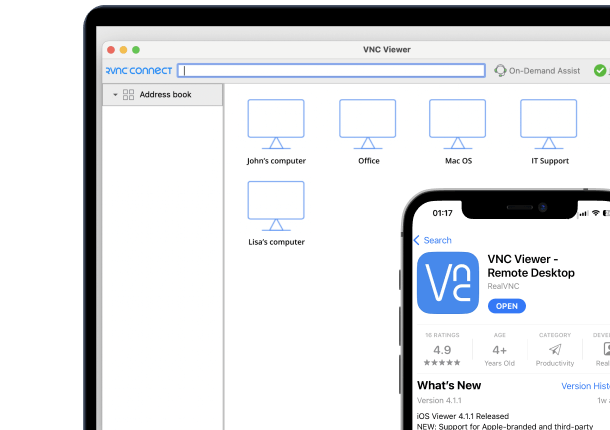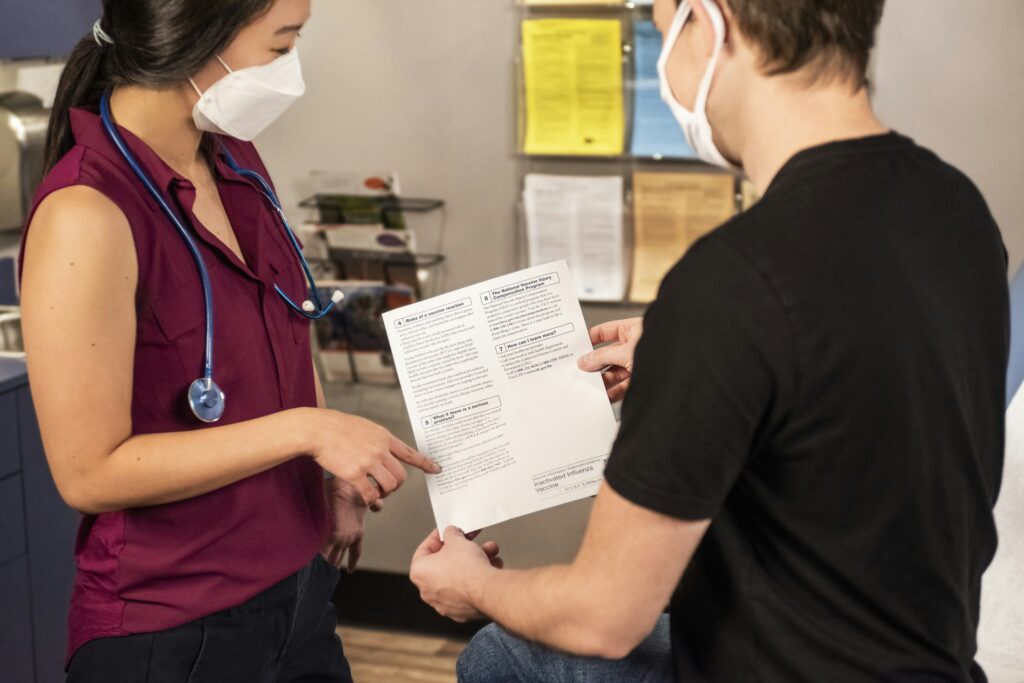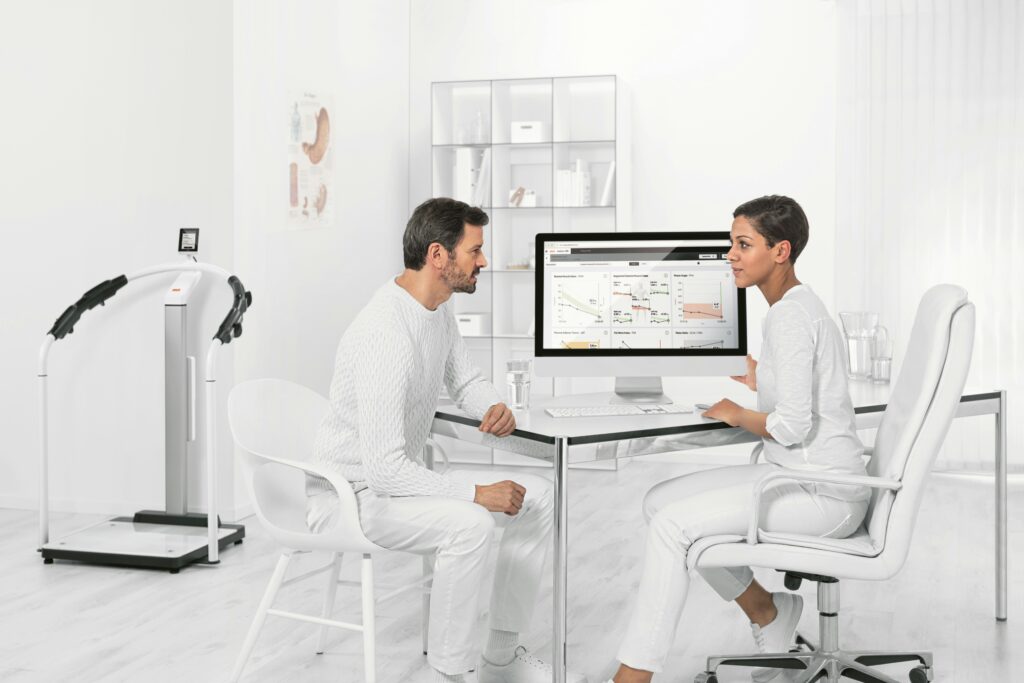The typical age-old service desk call involving an application or operating system issue inevitably involves the support tech needing to remotely access the device. But with the disparate mix of devices in use, connection methods, privileges accessible, and agent installation requirements, it’s probably safe to guess that your service desk’s support techs aren’t as productive as they could be when using remote access.
To keep the cost of support down (and user productivity high), it’s necessary for organizations to look for ways to simplify the support desk’s use of remote access. The goal is something as simple as selecting the device to be accessed from a list and then pressing the “Access” button; that just isn’t the case today in a lot of support desk calls.
So, how can you simplify the service desk’s use of remote access?
There are four ways I can see organizations helping their service desk operations by looking at the remote access solution used and its capabilities.
- Use a Remote Access Solution That Gives You Options
- Make Obtaining Elevated Privileges Easy
- Support Remote Access to (Almost) Every Device
- Unify Your Remote Access
Let’s take a look at all of them.
- Use a Remote Access Solution That Gives You Options
Not every service call that involves remote access goes the same way between the time the support tech decides to remote access a user’s device and when they make a connection. Device settings, firewalls, VPN connections, outdated agents on devices, and more all stand in the way of what should be point-and-click for the support tech to establish a connection. Requiring the help of the user to first determine why a remote access connection can’t be made, and then helping the service desk tech to get remote access working obviously isn’t the way this is supposed to work. Additionally, in some cases, the user isn’t available to assist with a connection when the support ticket comes up to be addressed either.
This kind of practical roadblock to tech productivity can be solved with remote access solutions that provide more options than just selecting the device and pressing a button to remotely access it. The right kind of remote access solution is the one that provides some additional ways that a connection can be established, including:
- Web-Based Access (or using a URI) – Rather than rely on an installed agent, the Service Desk should be using a remote access solution that allows users to visit a web-based portal to start an installation-less support session via HTTPS. This helps bypass any issues with firewall or local installation issues, as well as speed up the process of supporting a user without first needing to install a local agent.
- Unattended Access– In cases where the support tech needs to remotely access a device without the user being present, the right remote access solution should allow for their agent to be installed as a service on the endpoint whenever possible so that the supported device is always ready for the service desk to initiate a remote connection.
- Make Obtaining Elevated Privileges Easy
If you’re paying attention at all to cyberattacks, you know that none of your regular users should have anything even close to local administrator privileges on a device. But, to address the user’s problem, the support tech will most likely require some form of elevated privileges.
Having the ability to elevate privileges within the remote session should be a built-in capability, to ensure both that the tech’s productivity isn’t stifled, and that the organization’s security posture isn’t at risk.
- Support Remote Access to (Almost) Every Device
In every organization, there are a myriad of both business- and user-owned devices that all need support from the service desk. Traditional business operating systems like Windows, macOS, and Linux usually come to mind. And then, of course, there’s the modern-day use of tablets and mobile phones, running iOS and Android, which are also business devices that need to be supported. There are even IoT devices based on Raspberry Pi that may also need support over time.
Depending on the remote access solution(s) you have employed now, you may be using more than just one to support all the varying device types. Finding a single remote access solution that supports all the previously mentioned device types (or as many as possible) will make it easier for the support tech, as they only need to master a single solution to support the entire organization.
- Unify Your Remote Access
Whether you work in a small organization or an enterprise with multiple subsidiaries (or are somewhere in between), the likelihood of your organization using multiple remote access solutions is rather high. And in those enterprise instances, it’s unlikely that every organization within the umbrella of the enterprise has the same remote access solution in place. Both issues have repercussions – particularly when trying to unify your service desk efforts.
The answer lies in unifying the remote access solution used across the entirety of your organization. Sure, that’s a far more complex undertaking than my just writing it, but that doesn’t diminish the value the organization would see on the other side of a unification project just the same. Assuming you’ve been paying attention to the previous three ways you can simply service desk remote access and are thinking of what your organization’s specific requirements are around each, it’s possible to take those requirements and formulate a list of features needed from a single remote access solution. By unifying your remote access, you take the ultimate step in simplifying how the support desk utilizes remote access – regardless of the various devices you have in use, their connection methods back to the organization, the privileges necessary to support them, and any agent installation requirements that would otherwise hinder addressing the support ticket.
Making Remote Access Simple
The goal is the “pick the device, press the button” scenario I previously mentioned. That means one solution for every device, any type of connection, etc. – all the issues your service desk has with trying to manage the disparate solutions become one simple way to support every device, every OS, and every user.





